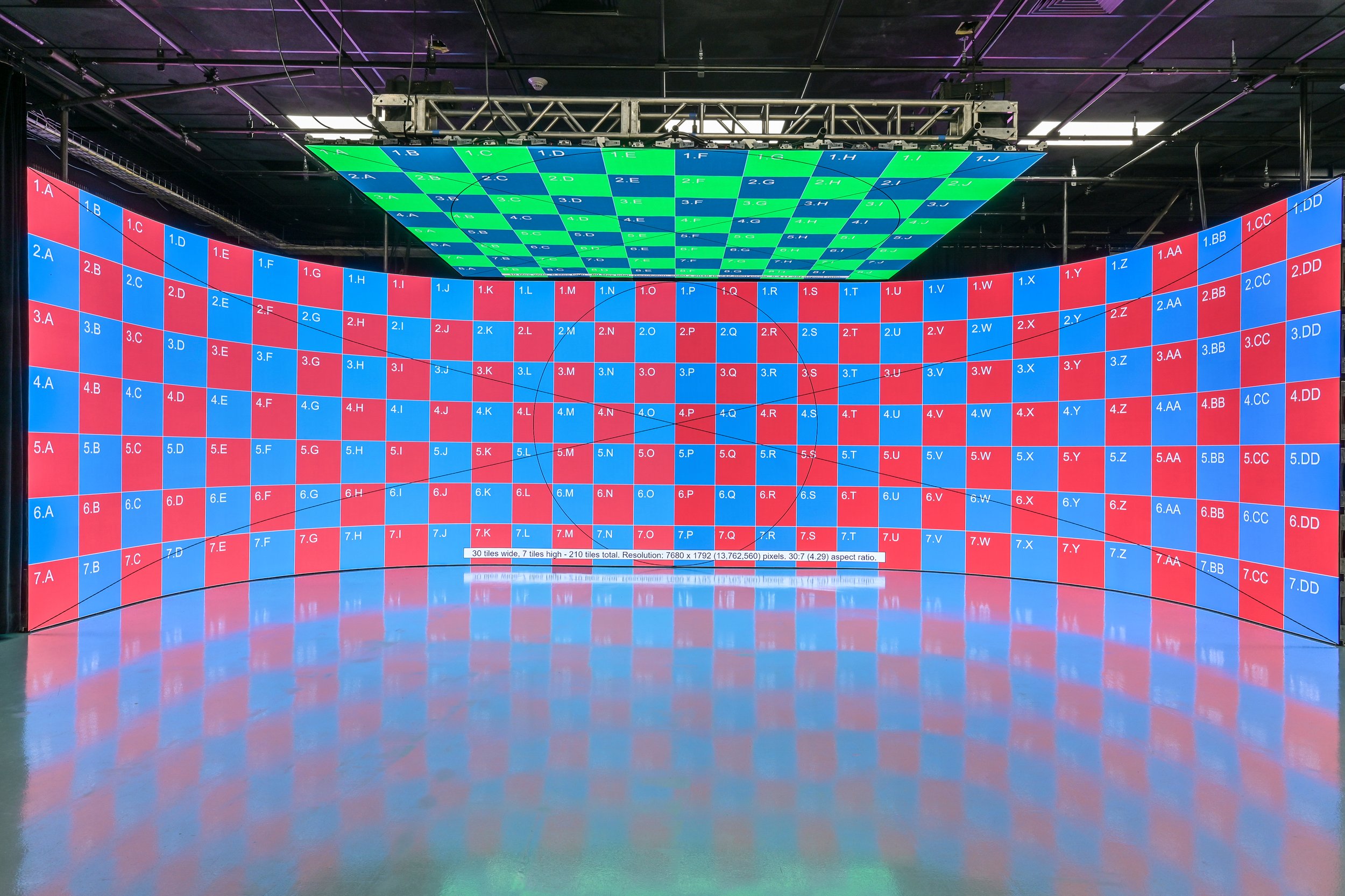LED panel screens have become more and more favored in various settings, including residences and commercial spaces as well as communal spaces. Such panels are known for their bright as well as vibrant displays, which render these suitable for communicating data, ads, as well as engagement. However, comprehending the illumination levels of LED wall panels remains crucial to guaranteeing ideal visual efficacy. Illumination is quantified in units called nits, which show the amount of luminosity produced by a panel. A greater number of quantity in candelas, the brighter a display will be. For, instance, one screen boasting 1,000 nits is significantly brighter compared to a with five hundred candelas, making it more suitable for well-lit settings.

When choosing a Light Emitting Diode wall screen, one becomes important to consider the setting where that the screen will be placed. For brightly lit spaces, like retail environments and open-air locations, a higher luminosity level becomes essential for guaranteeing visibility. Conversely, in darker environments, such as cinemas or meeting spaces, lower diminished illumination level may suffice. This is because excessive luminosity within a dark environment can lead to discomfort for viewers, making it more difficult to concentrate with a screen. Thus, comprehending specific particular needs for an setup site can help in choosing the right brightness level for optimal viewing experience.
Another crucial element for take into account the contrast differential proportion in an LED wall panel. The contrast ratio measures the difference between the brightest white and the darkest black black which a screen is able to create. A higher contrast proportion indicates the display can it can present greater clarity as well as richness, thereby enhances overall image quality. For instance, a screen boasting an differential proportion at ten thousand to one will display images with more brilliant colors and sharper details compared to a featuring a proportion of one thousand to one. Such becomes particularly important when displaying visuals and motion graphics which demand high clarity as well as fine details, including slideshows or promotional content.
Additionally, the technology mechanism behind LED panel panels plays a crucial part for the illumination as well as total performance. Different kinds of LED methods, including Organic Light Emitting Diode and LCD, have distinct traits that affect how luminosity is experienced. Organic Light Emitting Diode panels typically offer superior differential and deeper shades, thereby can improve the visual experience within dim environments. On the other hand, standard Light Emitting Diode panels may prove to be better for bright spaces because of their ability for generate higher levels in brightness. Understanding these Get More Information tech-related differences will help consumers in deciding on knowledgeable decisions based on specific individual needs.
Finally, consistent maintenance and adjustment for LED panel screens can assist preserve optimal illumination as well as performance over time. Dust as well as dirt can build up on the screen, affecting the illumination and clarity in the display. Regular washing and professional adjustment may ensure the panel panel functions in its best, providing uniform image quality. Moreover, some sophisticated Light Emitting Diode wall panels feature with integrated options that browse around here enable users for modify brightness levels and color adjustments based on individual wants. Through taking these steps, users can ensure that LED Light Emitting Diode wall panels deliver an optimal visual efficiency, regardless of the environment where which they are placed.